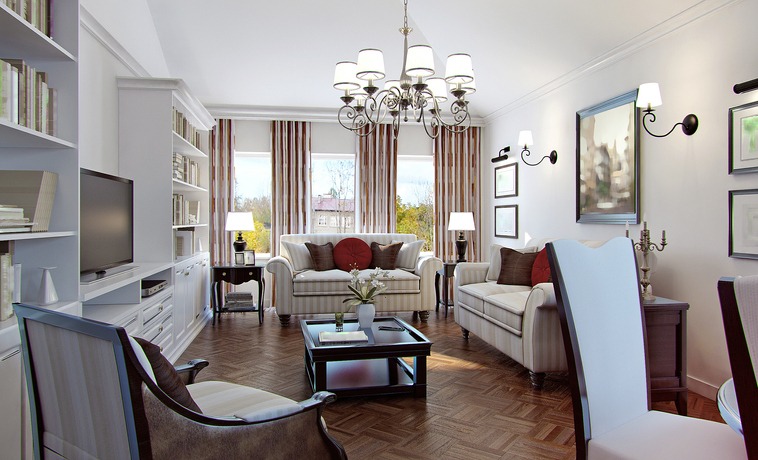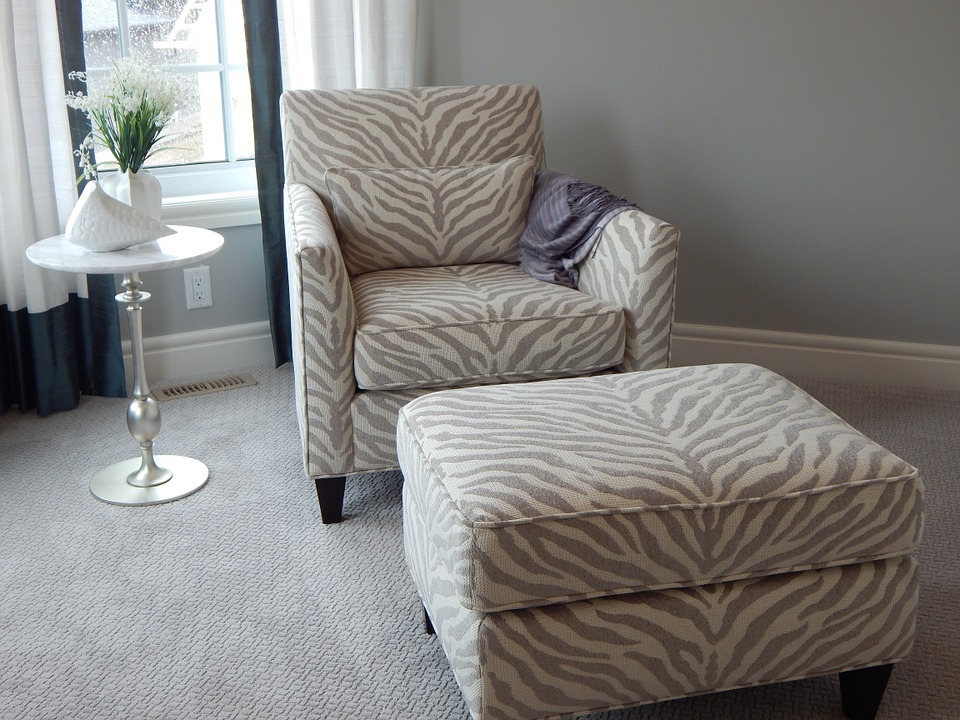One of the most influential and exciting styles of the 20th century, Art Deco still continues to influence design today. Art Deco is a visual arts and design movement that first emerged in France after World War I in the 1920s. It features a touch of French, Mediterranean and Egyptian culture with its vibrant colors and geometric patterns.
History of Art Deco Style
Art Deco emerged through the Roaring 20s and celebrated the changes happening in the modern world: such as skyscrapers, the excitement of jazz music, electricity, radio, and cubist art. To put it into words, the Art Deco design is strong, bold, opulent, glamorous, elegant and modern. Through the 1920s, zigzags and sharp angles dominated the style, along with mirrors, glass, lacquer and polished metals. Think of The Great Gatsby and you’ve got the gist. It began taking the softer route with curved lines during the 1930s and also embraced stepped forms reminiscent of the Chrysler Building in New York, as this popular building was built and celebrated during the decade. The stepped or radiating styles embraced by Art Deco contrasted the fluid, organic shapes of its predecessor, Art Nouveau.
The style survived through the Depression of the 30s and even during the Second World War during the 1940s, before finally falling out of favor in the 50s, giving way to mid-century modern style. Despite it fell out of favor a long time ago, the design has been experiencing a resurgence. Reproductions of this iconic style and some period pieces are becoming sought after. Elements of this design style are easily adapted to any contemporary interior. Also, contemporary re-imaginings of Art Deco are still being designed, proving the enduring allure of this opulent and luxurious style. Besides interior design, it also influenced fashion, architecture and even car design
To implement the Art Deco style in your interior, here are some design elements to adapt:
1. Adapt bold geometric designs
The Art Deco design movement has strong ties to bold geometric shapes and designs, pointing to its roots that celebrated modernism. To bring this type of flair to your home, start by adapting a bold wallpaper with a strong geometric appeal to make an accent wall. As much as possible, choose angular, rectilinear and curvilinear forms that are eye-catching.
Art Deco motifs have a strong and bold look mainly because of these geometric designs. Stepped patterns, zigzags and chevrons can be added in different forms, like wall coverings, floorings or large rugs, to upholstery. The striking details of a sunburst make it a classic Art Deco motif, and it frequently adorns these interiors.
2. Opt for polished and exotic materials
Blend the geometric motifs with exotic materials that often have decadent, polished and high-shine finishes. The wood used in flooring and furniture is always highly polished or with a luxurious lacquer finish. These polished surfaces are often accented with metallic touches in brass, chrome or gold.
Other materials that pop again and again in art deco interiors include stainless steel, glass, ebony, marble, rare woods and even exotic skins like zebra and shark. These elements make the interior decadent, polished and luxurious, without a touch of softness or romance.
3. Choose streamlined, geometric and modern furniture
A modern flavor to the Art Deco style adheres to the streamlined, geometric and modern-looking furniture. Choose geometric and vertical furniture pieces with clean lines to add elegance and luxury – and don’t forget that it must be polished, and for others, shiny and reflective. For wooden furniture, choose those made of ebony, maple, walnut, and ash, since the beauty of these grains is exaggerated by a lacquer finish. By the way, lacquer is often used on wooden Art Deco furniture since it gives a very hard and shiny finish that characterizes the style. These hardwoods often feature an inlay of other luxurious materials like brass, mother of pearl and ivory.
Also, Art Deco furniture is typically large and have strong, streamlined shapes. Don’t be afraid to buy big pieces, especially if you have space. Generously-sized shapes, big armchairs with curved backrests, sideboards and armoires are typical of the style.
4. Use bold and striking colors
Colors in Art Deco interiors are bold and striking with a lot of contrasts. Most often, it will have touches of silver, black, and chrome contrasted with bright and deep yellows, greens, reds, blues, and pinks. Softer, neutral colors like creams and beiges are also often used – especially in common areas – and these are contrasted beautifully with the polished wooden floors and lacquered furniture. Like mentioned earlier, metallic accents and details are also adapted.
5. Add glass and chrome lighting
Lighting for the era was often made of glass and chrome. This combination is still popular up to this day, so there is a wide range of options to choose from within the Deco style. In an Art Deco lighting piece, glass was sometimes enameled or etched. Tiffany-style or white glasses are also common. Don’t forget to pick one in a geometric or angular shape, or pendant pieces that have a symmetrical design with high-shine.
6. Embrace patterns and themes that bring a cosmopolitan feel
Patterns are very much welcomed in an Art Deco interior. Common themes and patterns that add visual drama and a cosmopolitan feel in an Art Deco home include leaves, branches, and feathers; chevrons, zigzags, trapezoids; jagged, stepped or pointed edges; sunbursts; stylized animals and nudes. Use patterns if you prefer an eclectic Art Deco or keep the patterns and motifs smaller for a more minimalist look.
The shortcut to achieving the style right away is to bring geometric patterns using large area rugs on the floor. A large rug is a typical Art Deco accessory, to add to the glamour of its interior. If you think that’s too bold, swap these with rugs in a solid color that either contrasts or blends in with the other colors in your room. When it comes to patterns, avoid using plaids and florals – solid color is better than these.
7. Increase sense of light using mirrors
Besides shine and polish, Art Deco interiors also often include mirrored surfaces, which work with the metallic elements in the room. Choose sunburst mirrors or any mirror that has a geometric shape, and it will act as the focal point of the room with strong Art Deco links. Mirrored surfaces can also be added, like a mirrored furniture, mirrored wall or door.
8. Display artwork and sculptures
The arts and entertainment industry experienced a golden era during the 1930s to 1940s, and home décor adapted the trend. Portraits of performing artists, bold oil paintings, nude paintings or sculpture, and sculptural table lamps are common in a finely decorated Art Deco interior. By the 1930s, travel and tourism were booming, so imported design elements like animal prints from African safaris, pearl and tortoiseshell finishes, Egyptian symbols and sphinxes, gold pyramid sculptures and the like are added as accessories in an Art Deco home.


